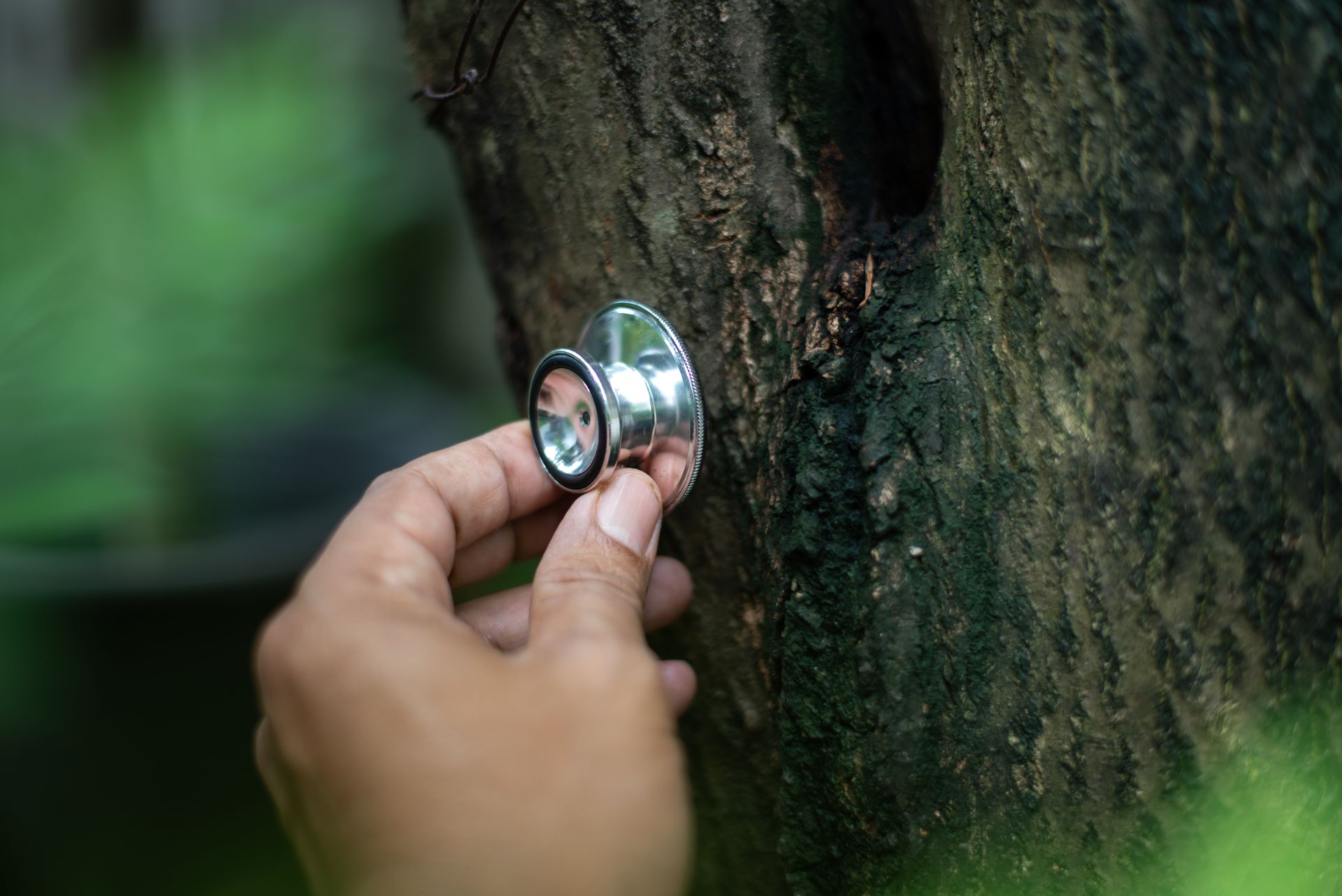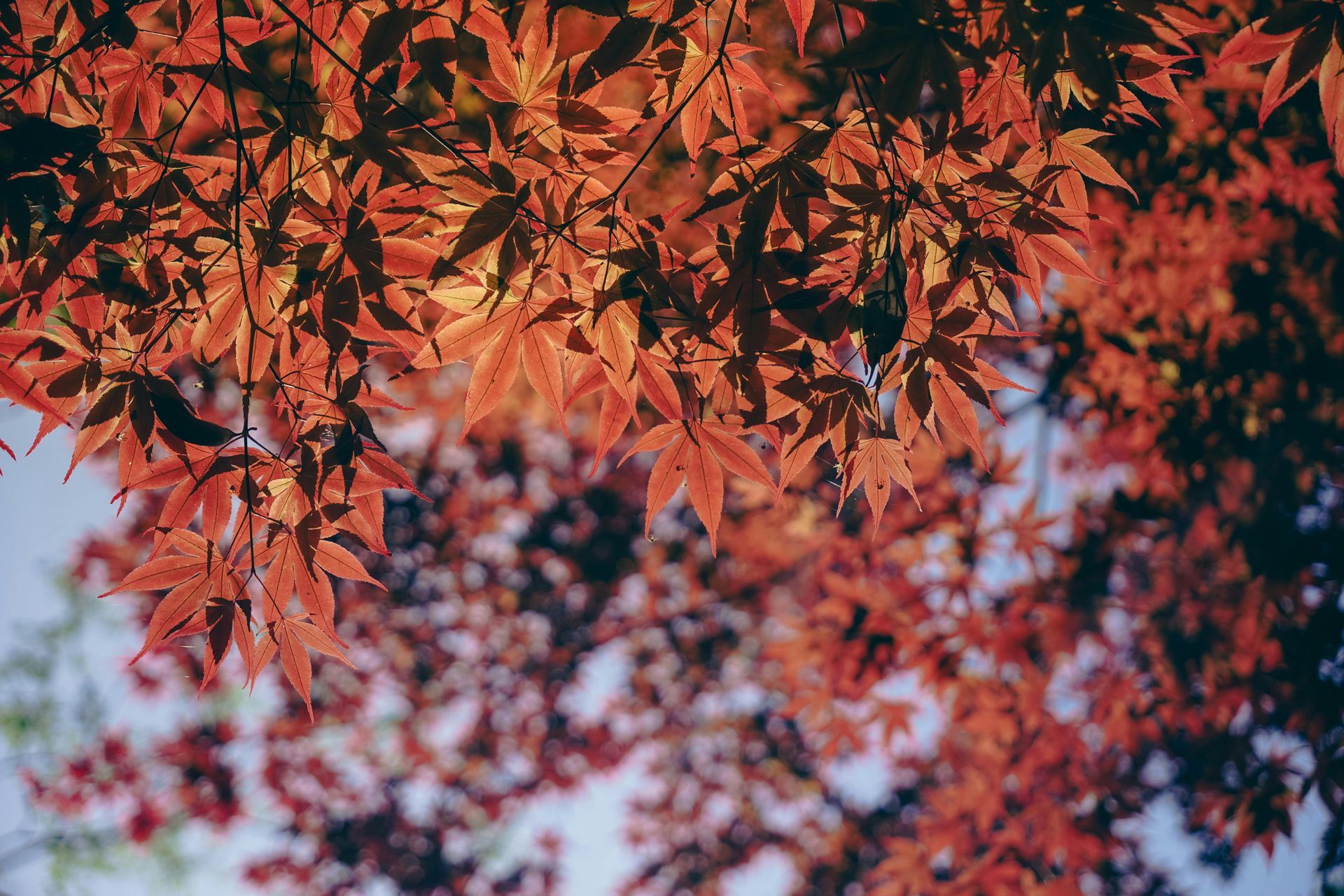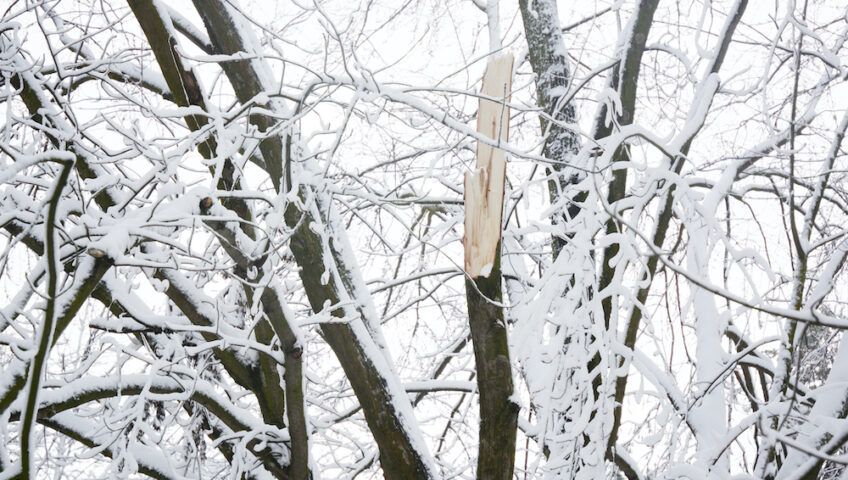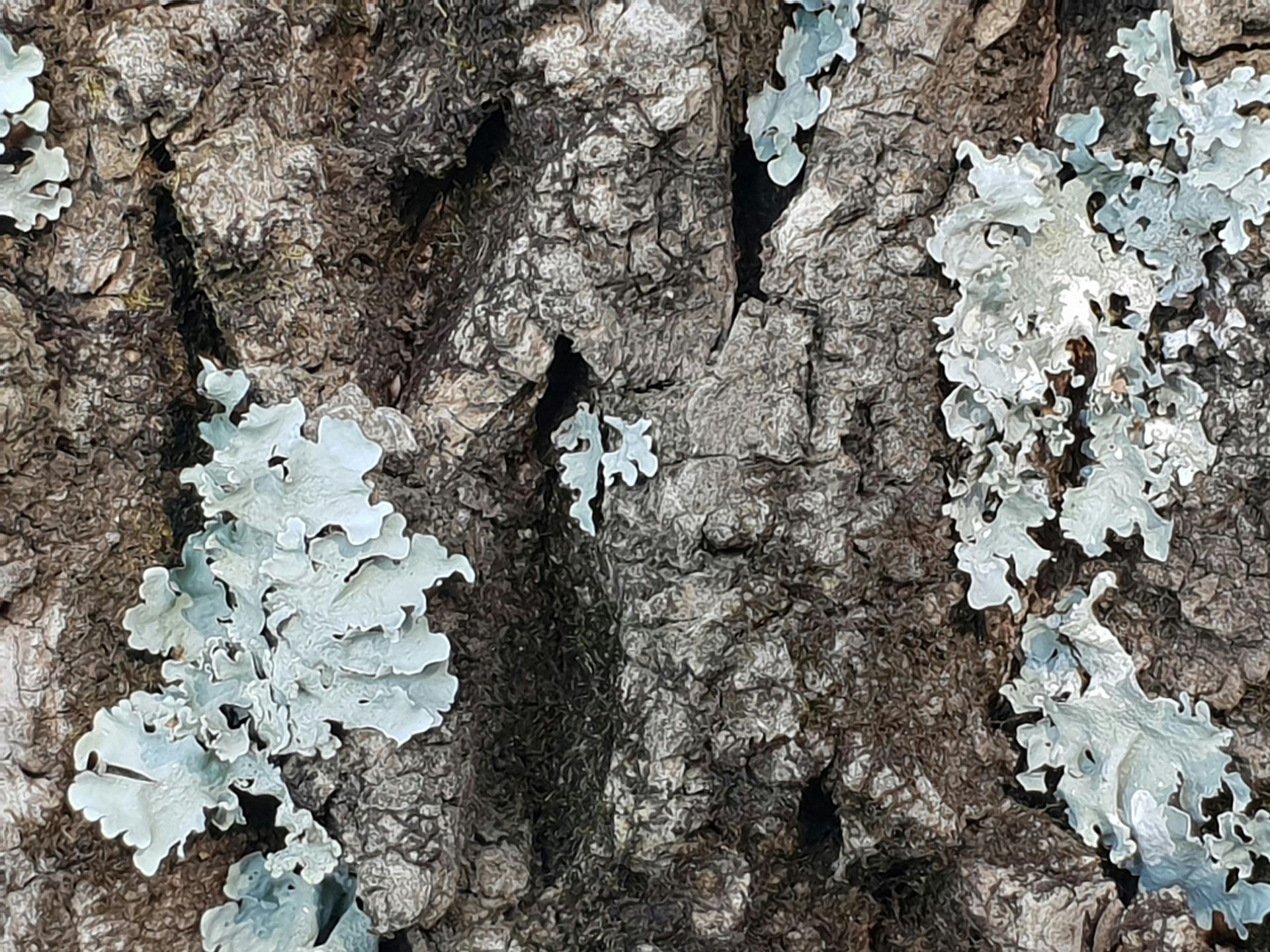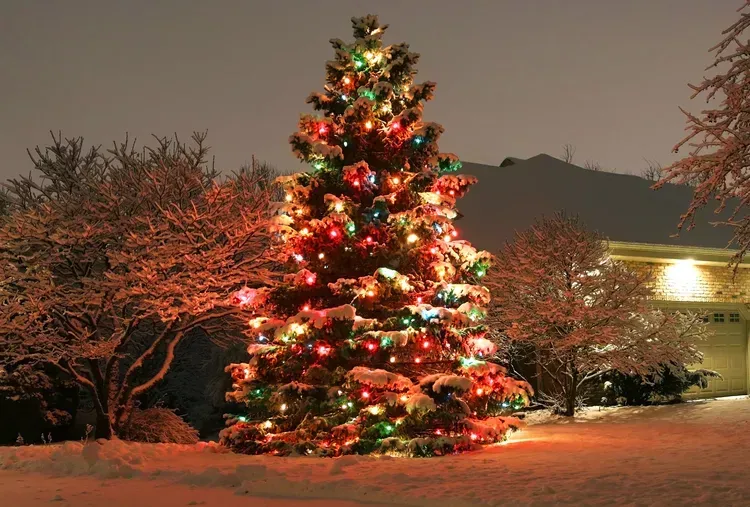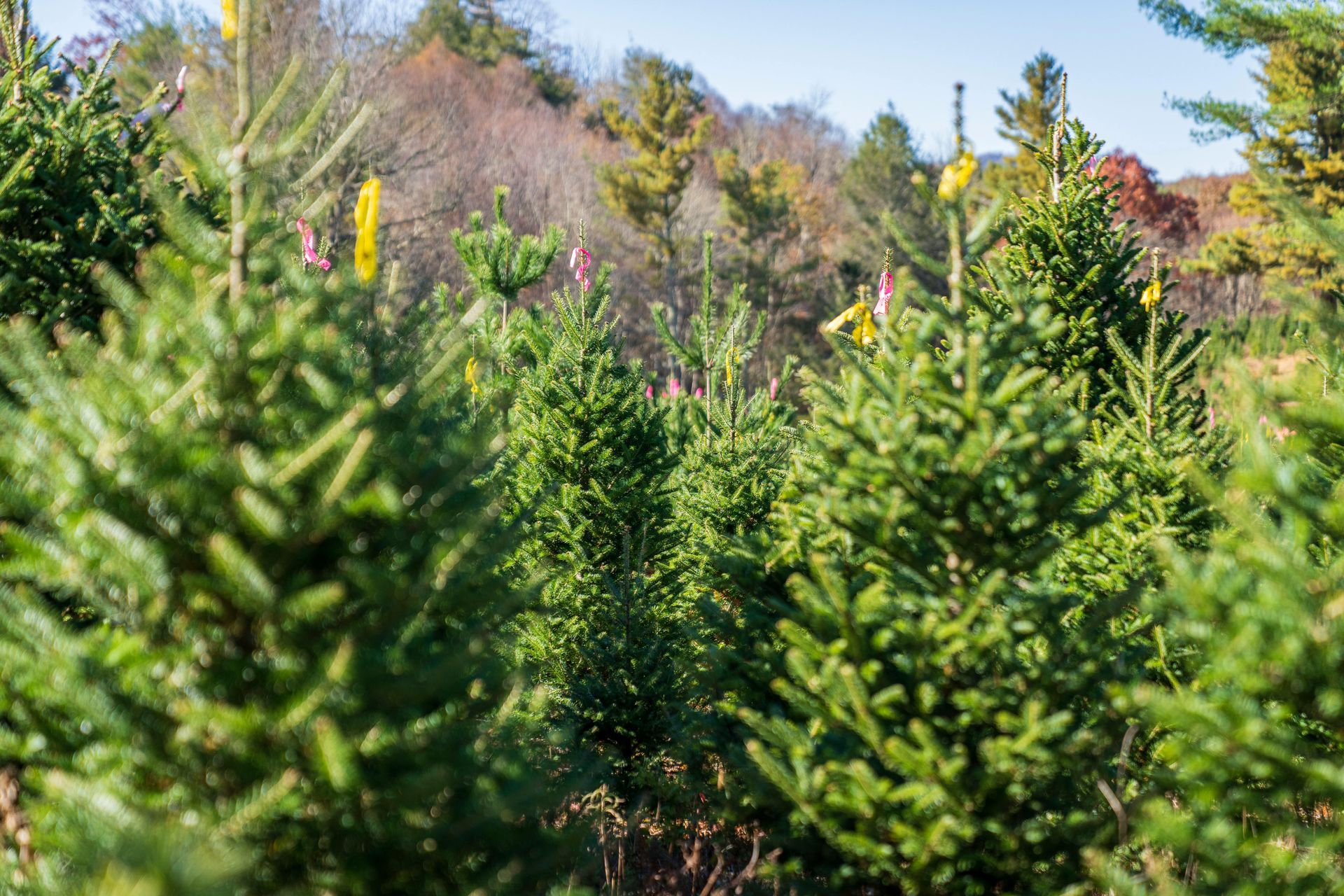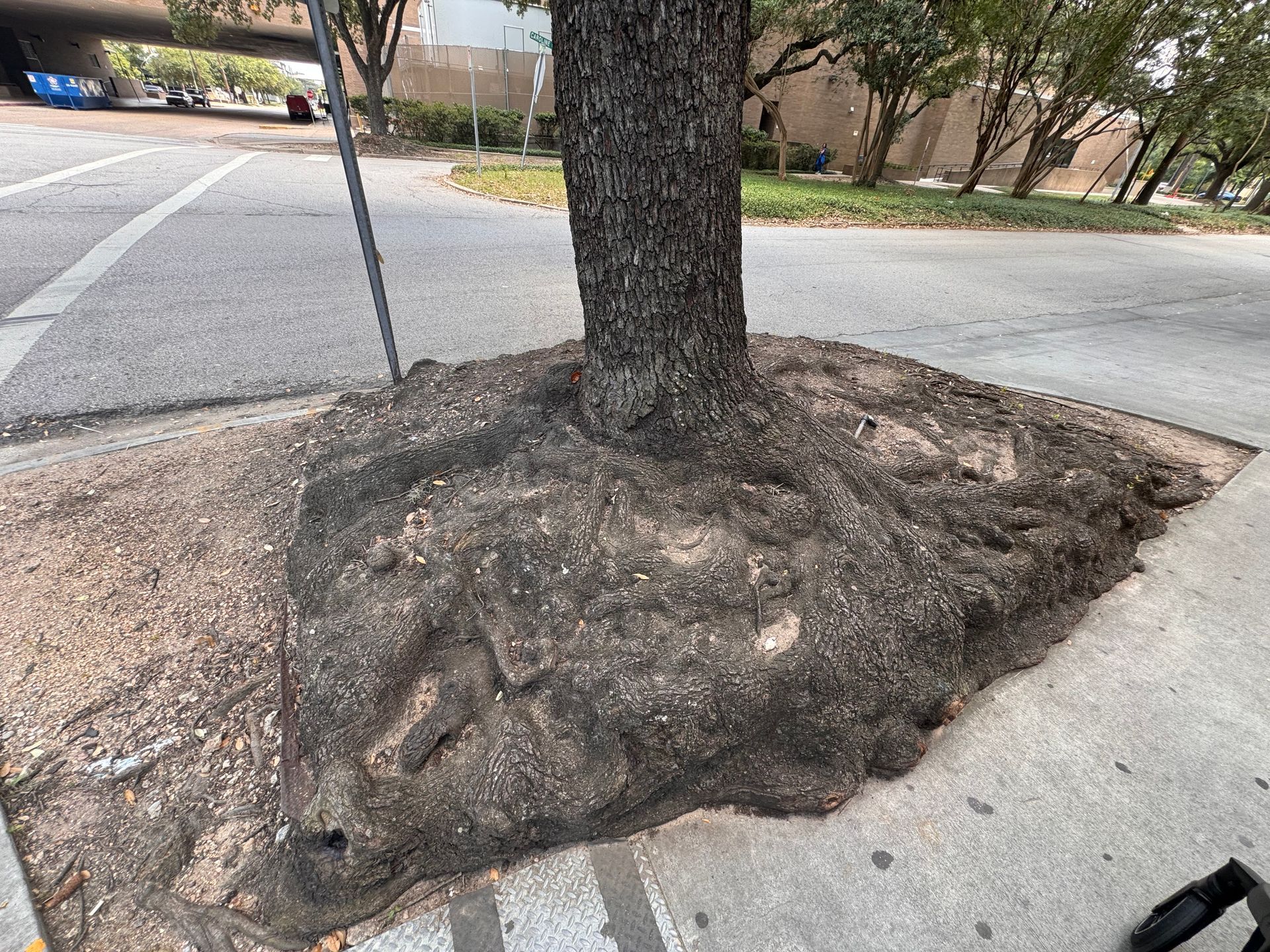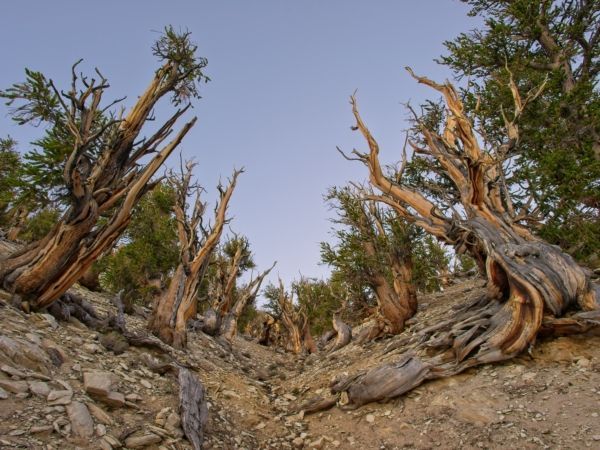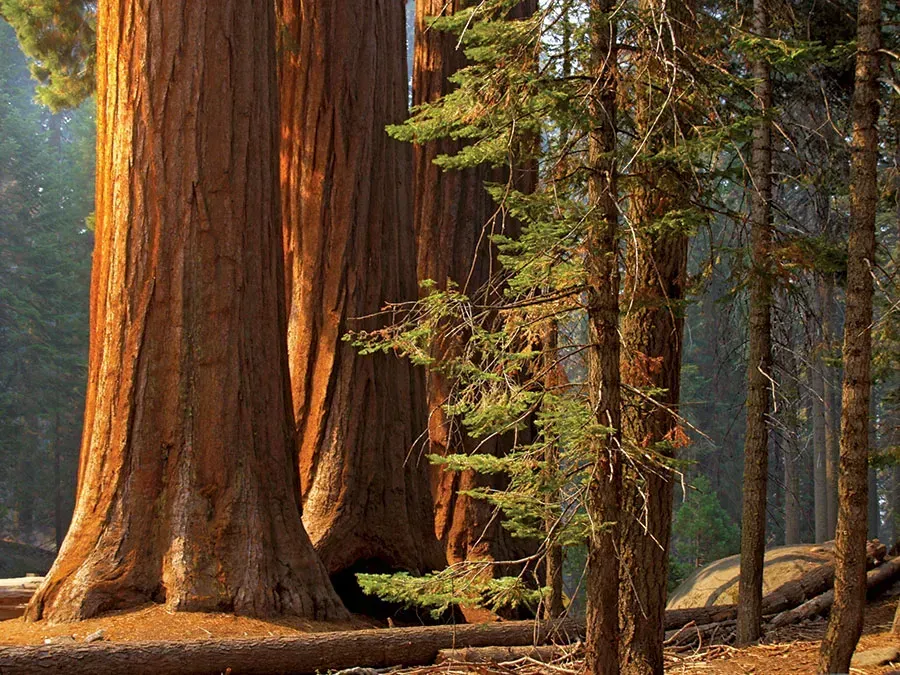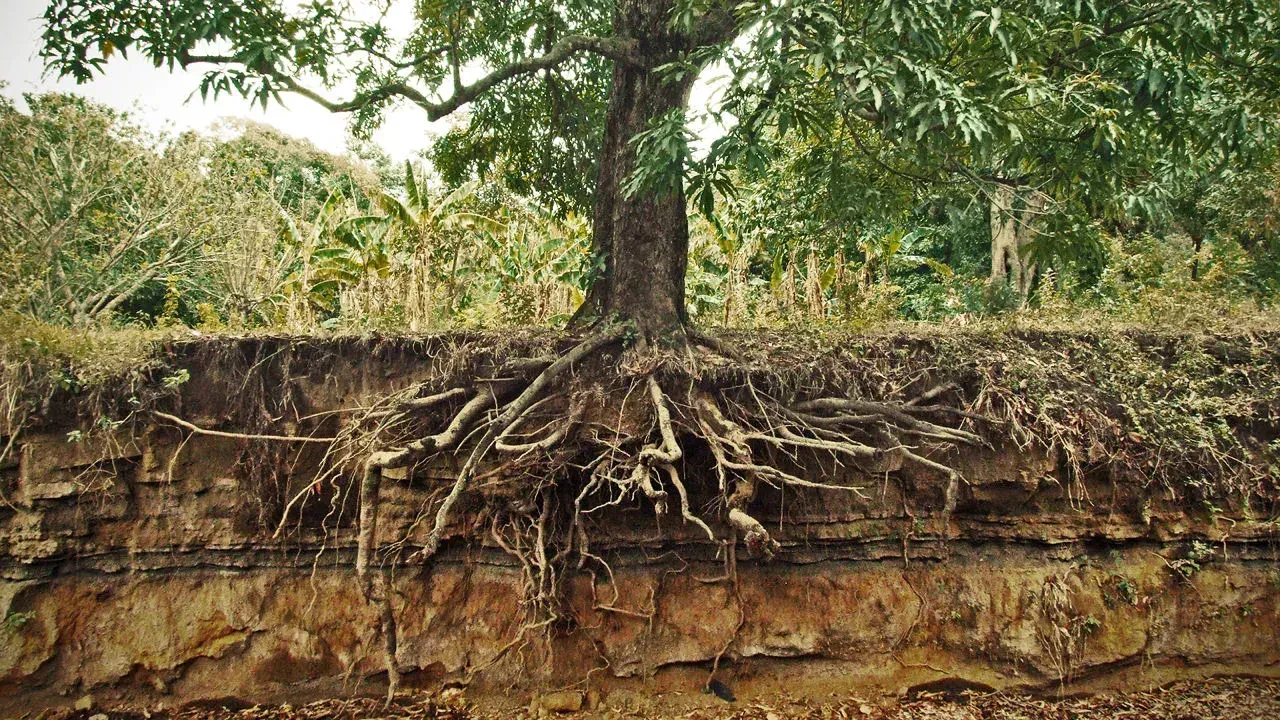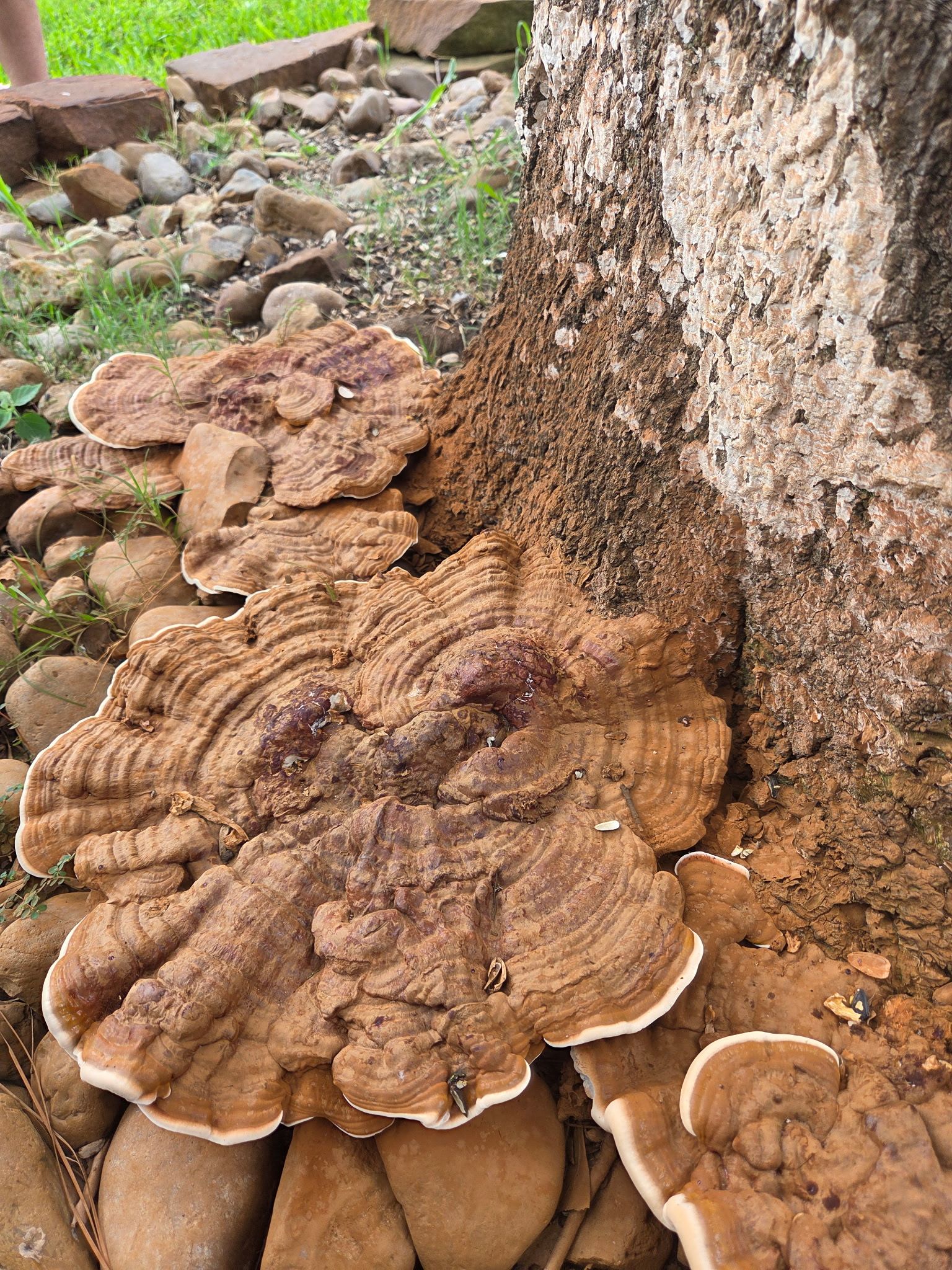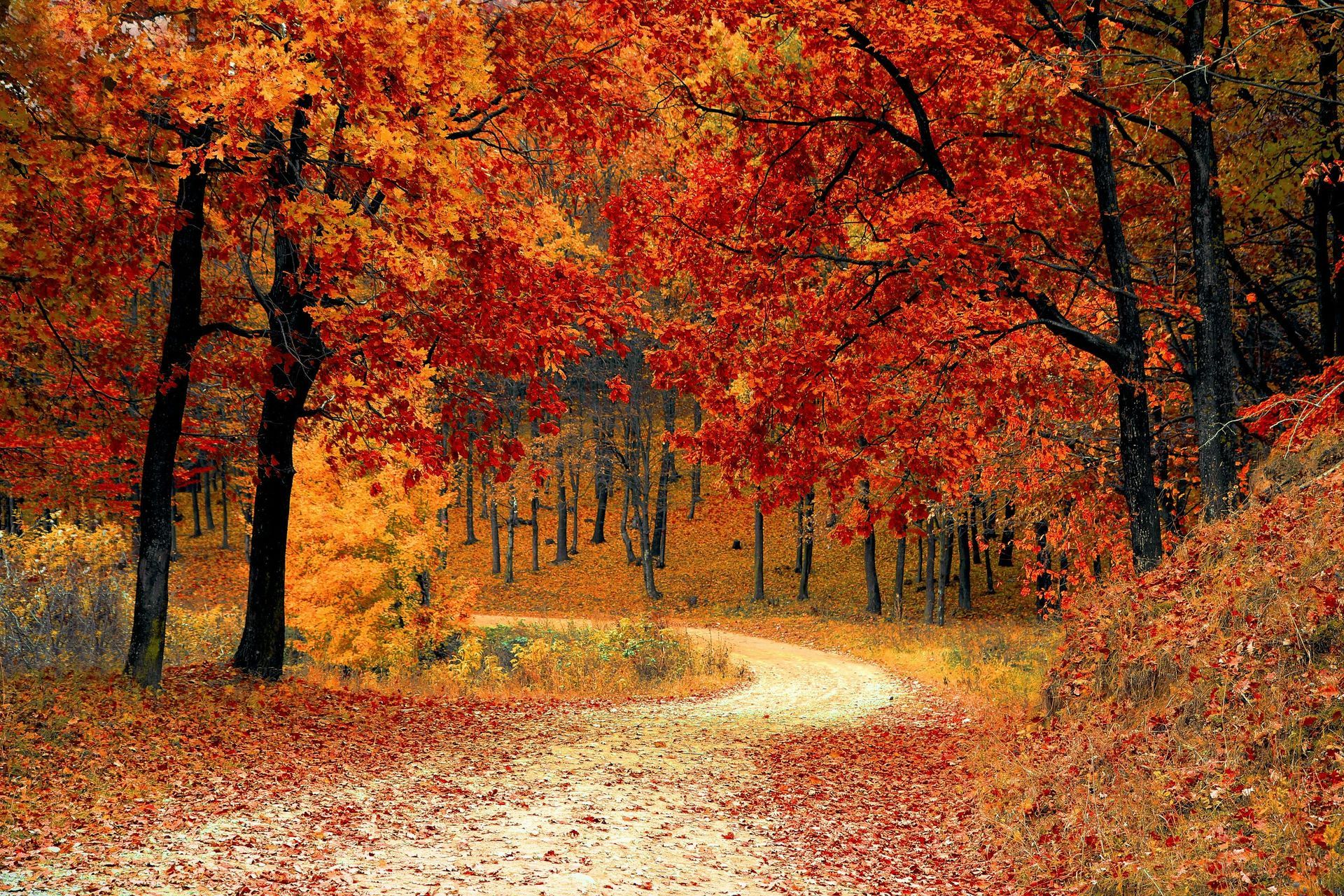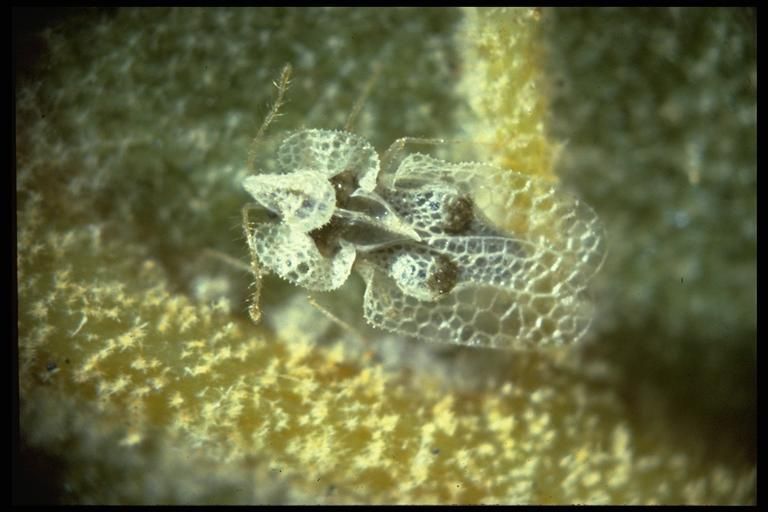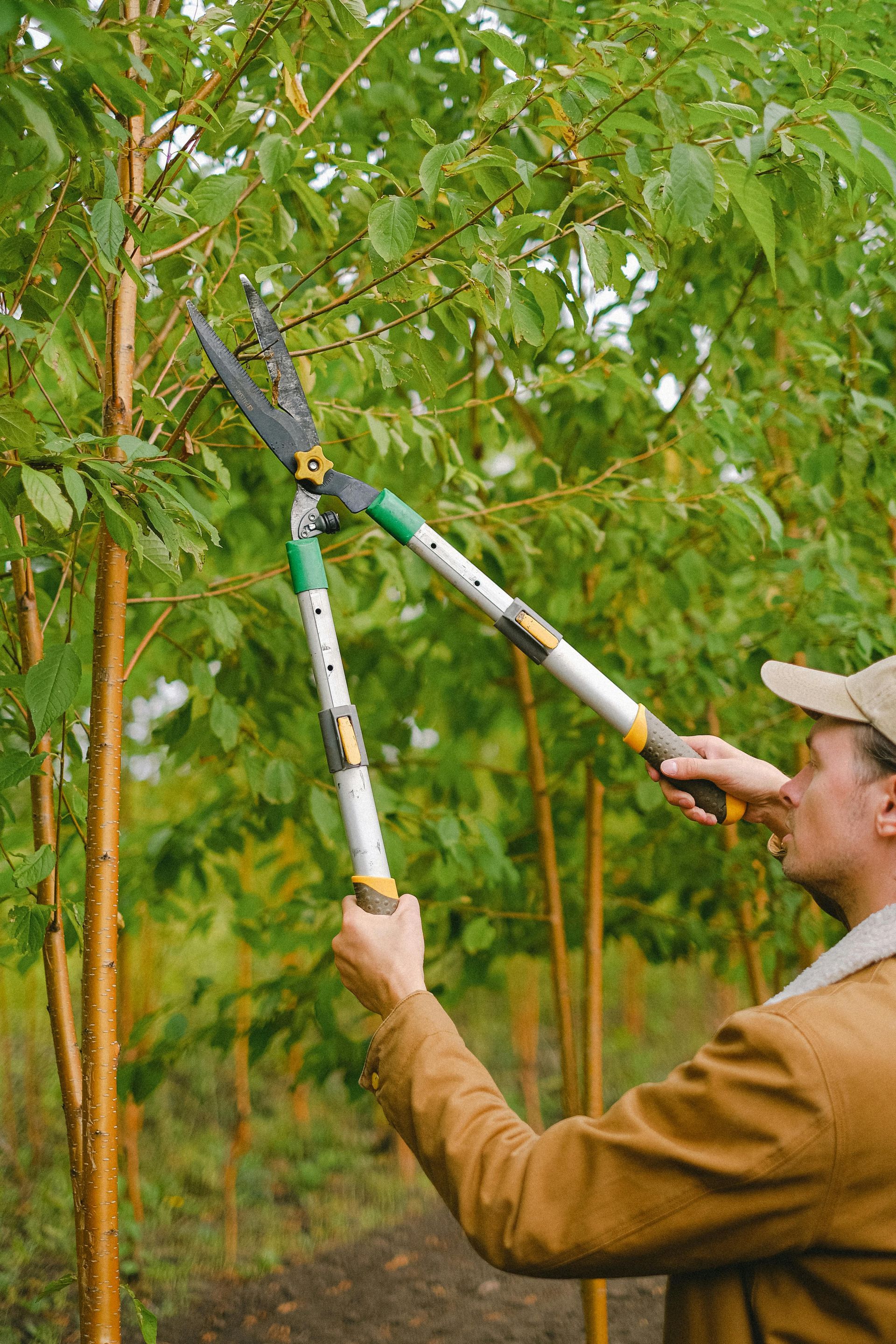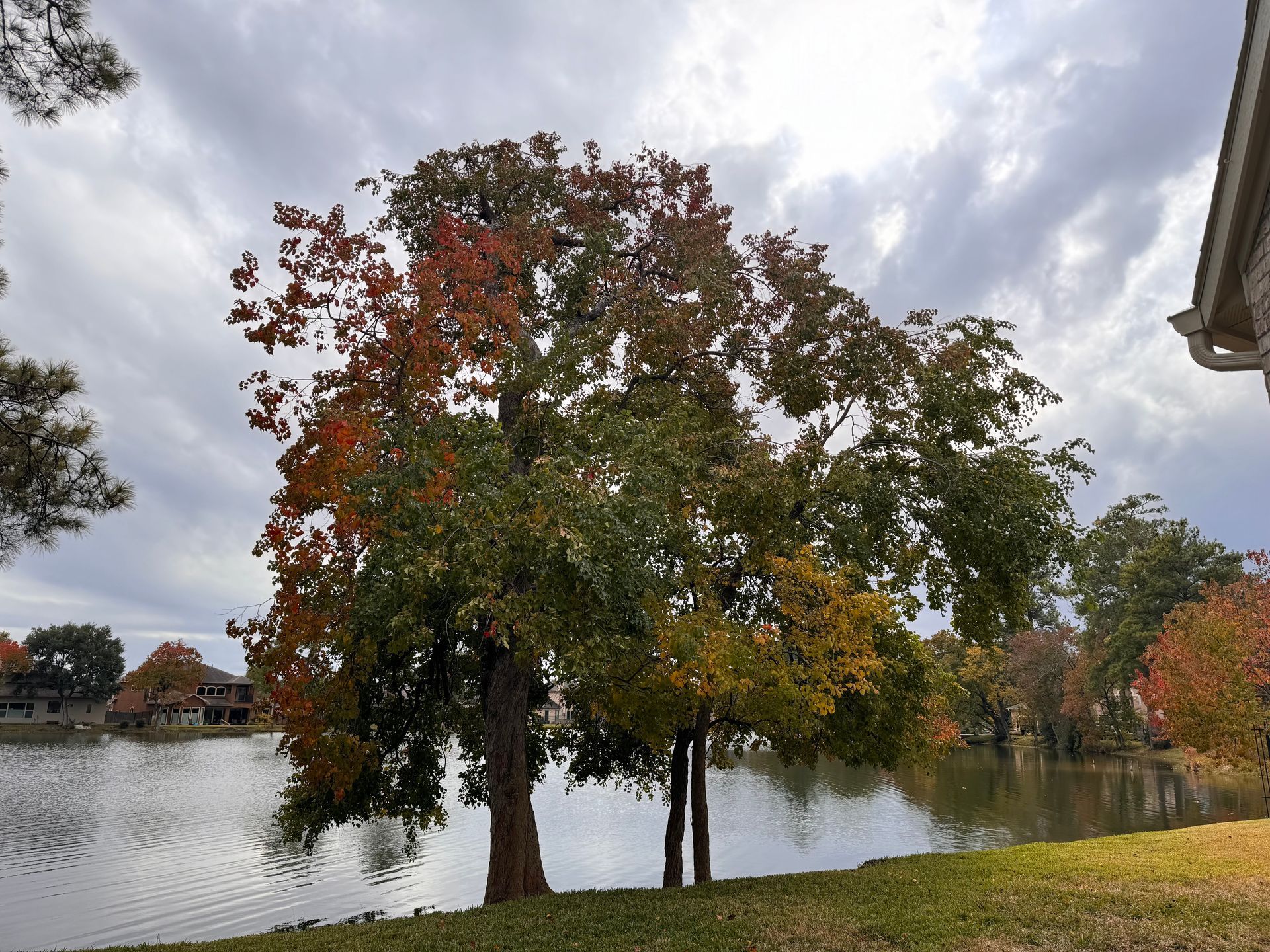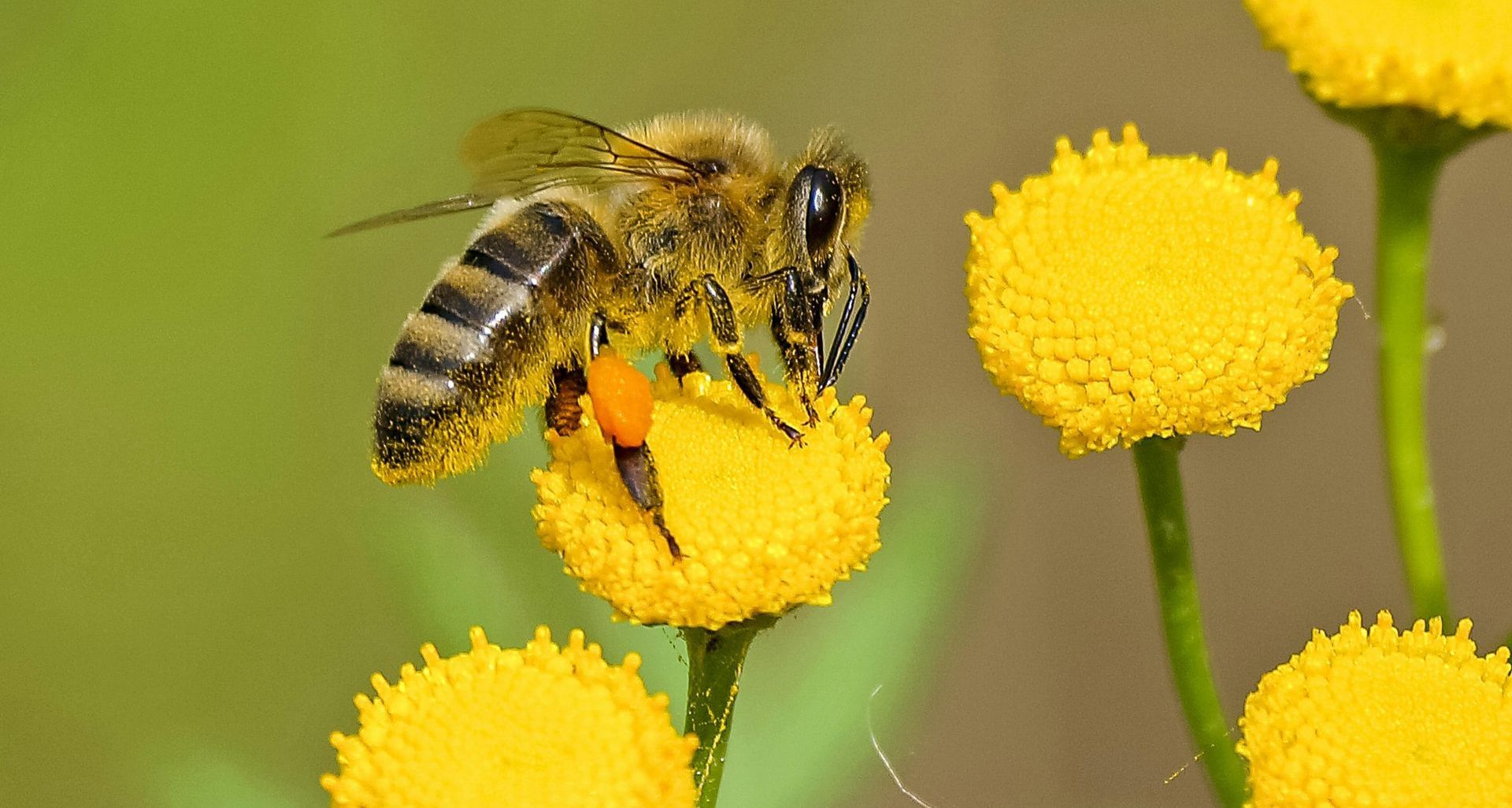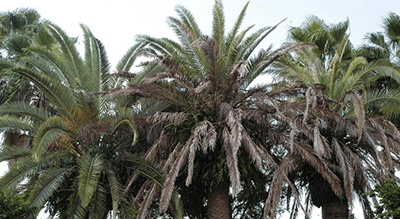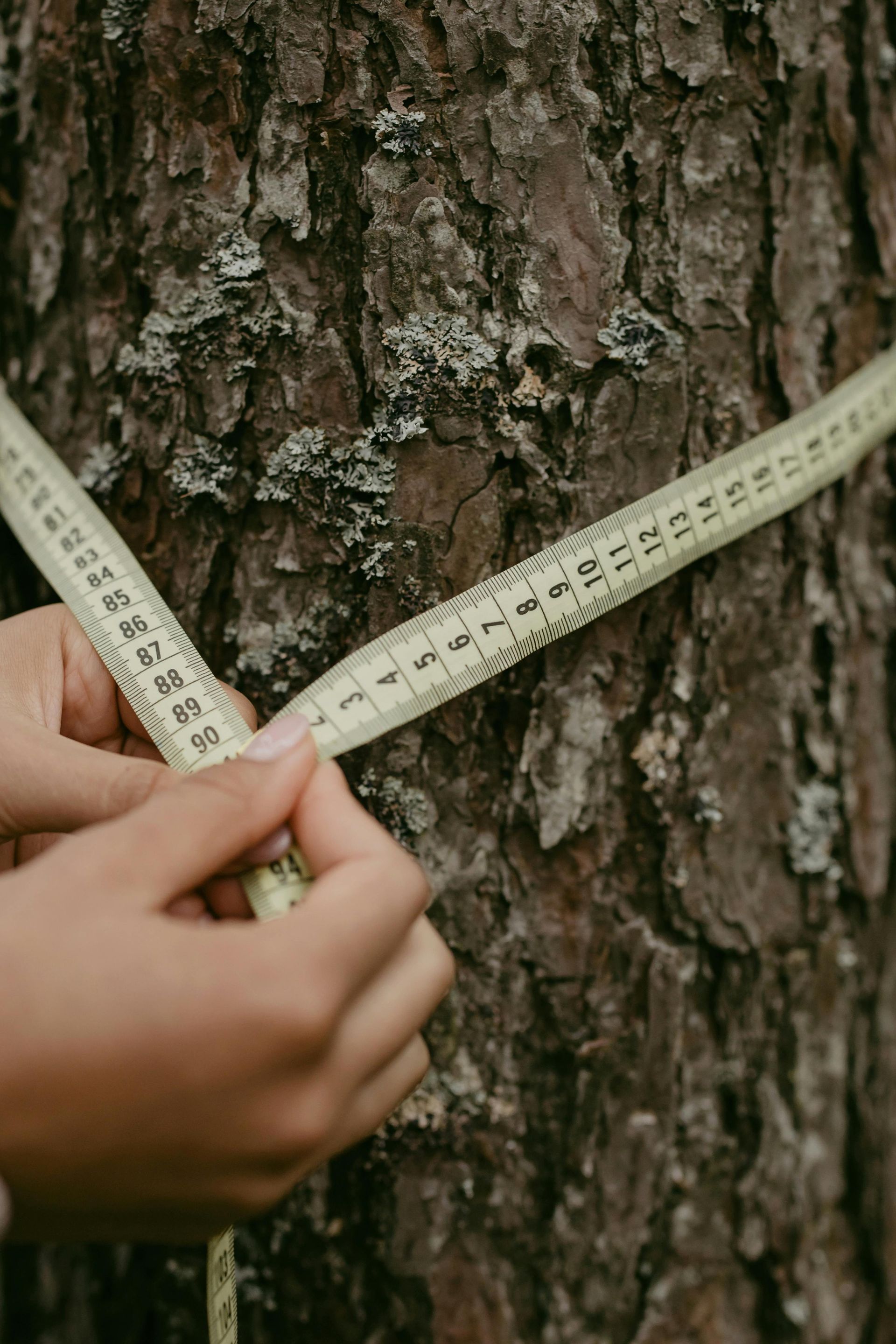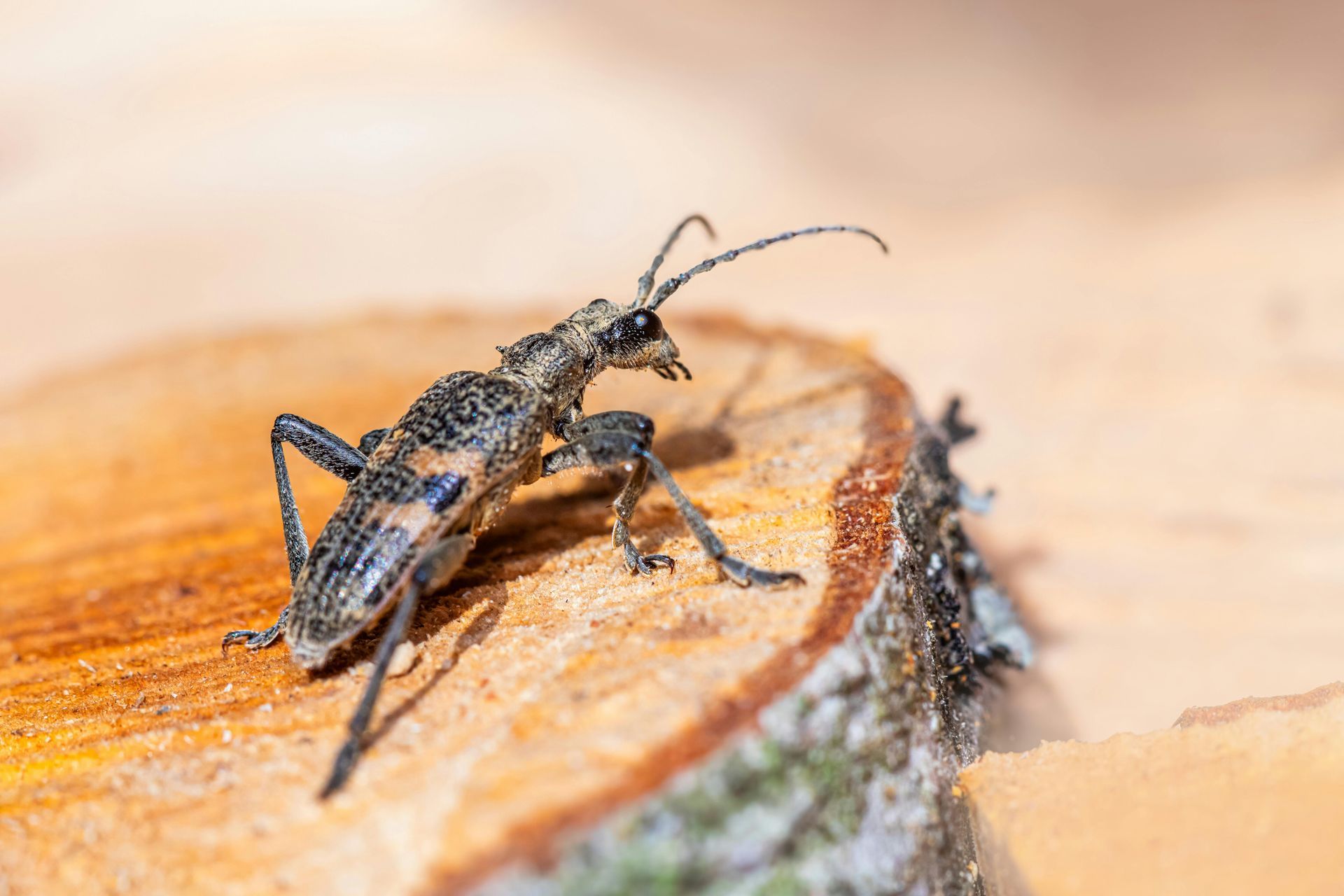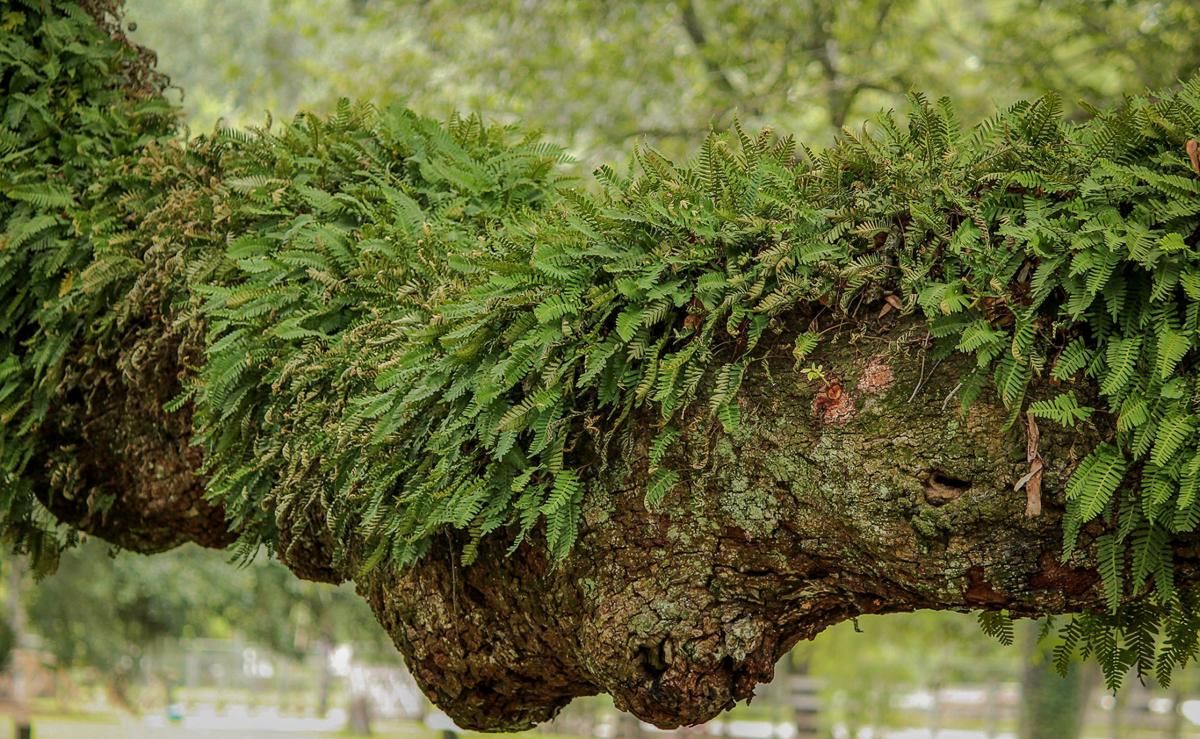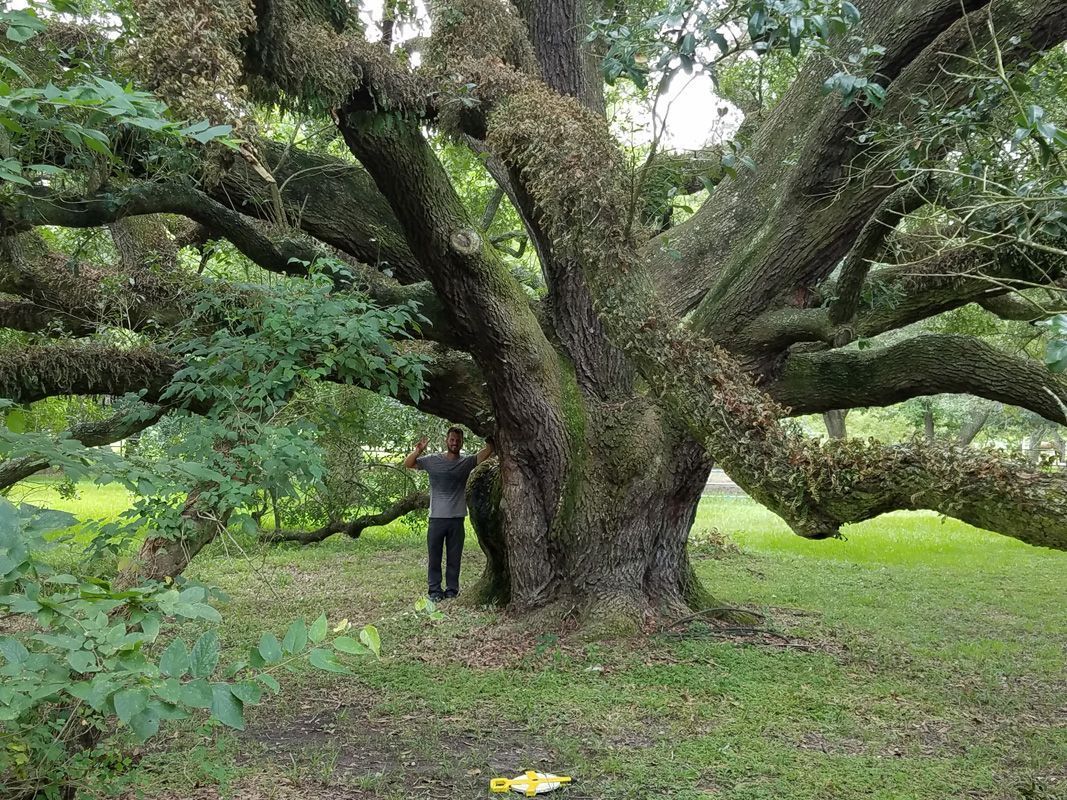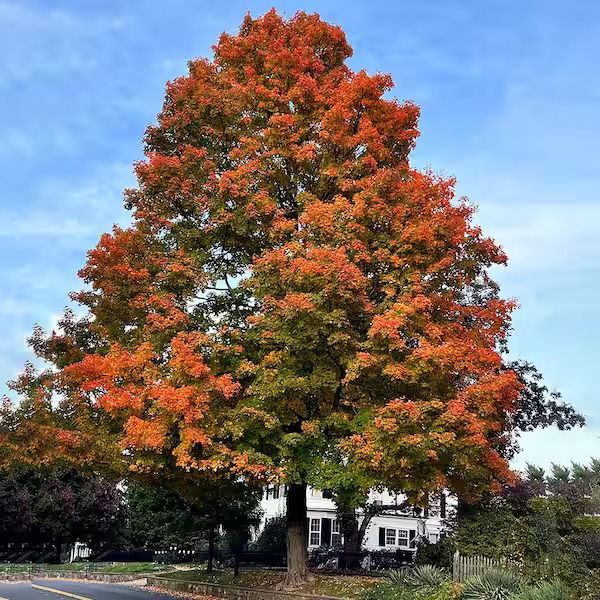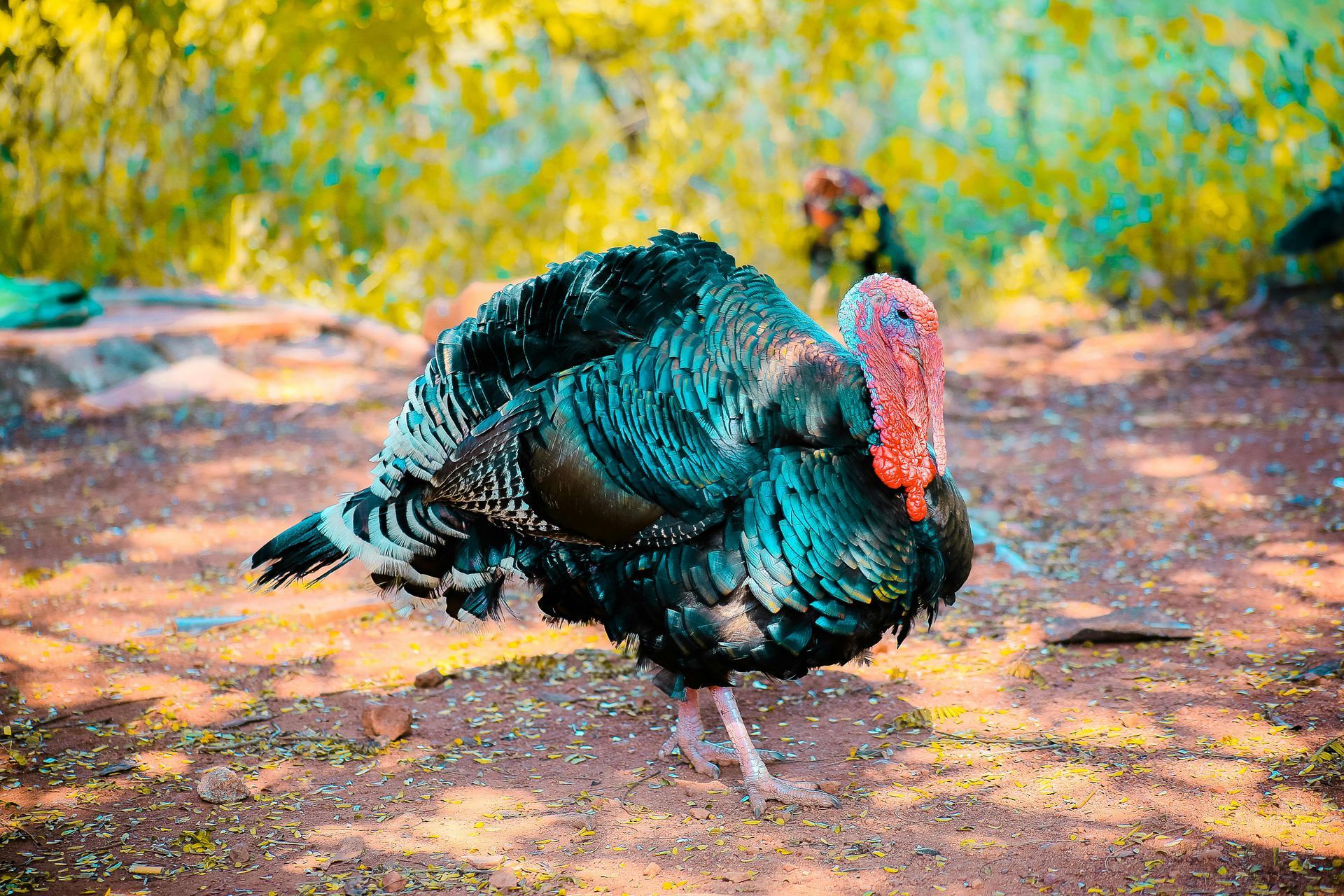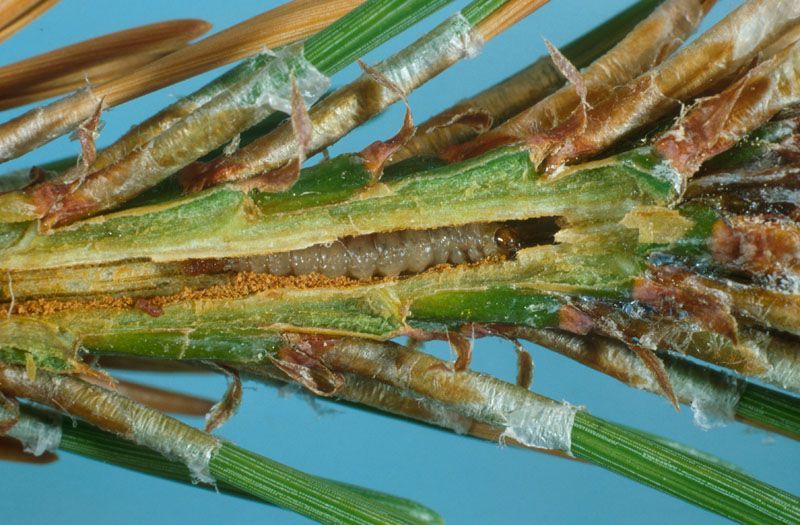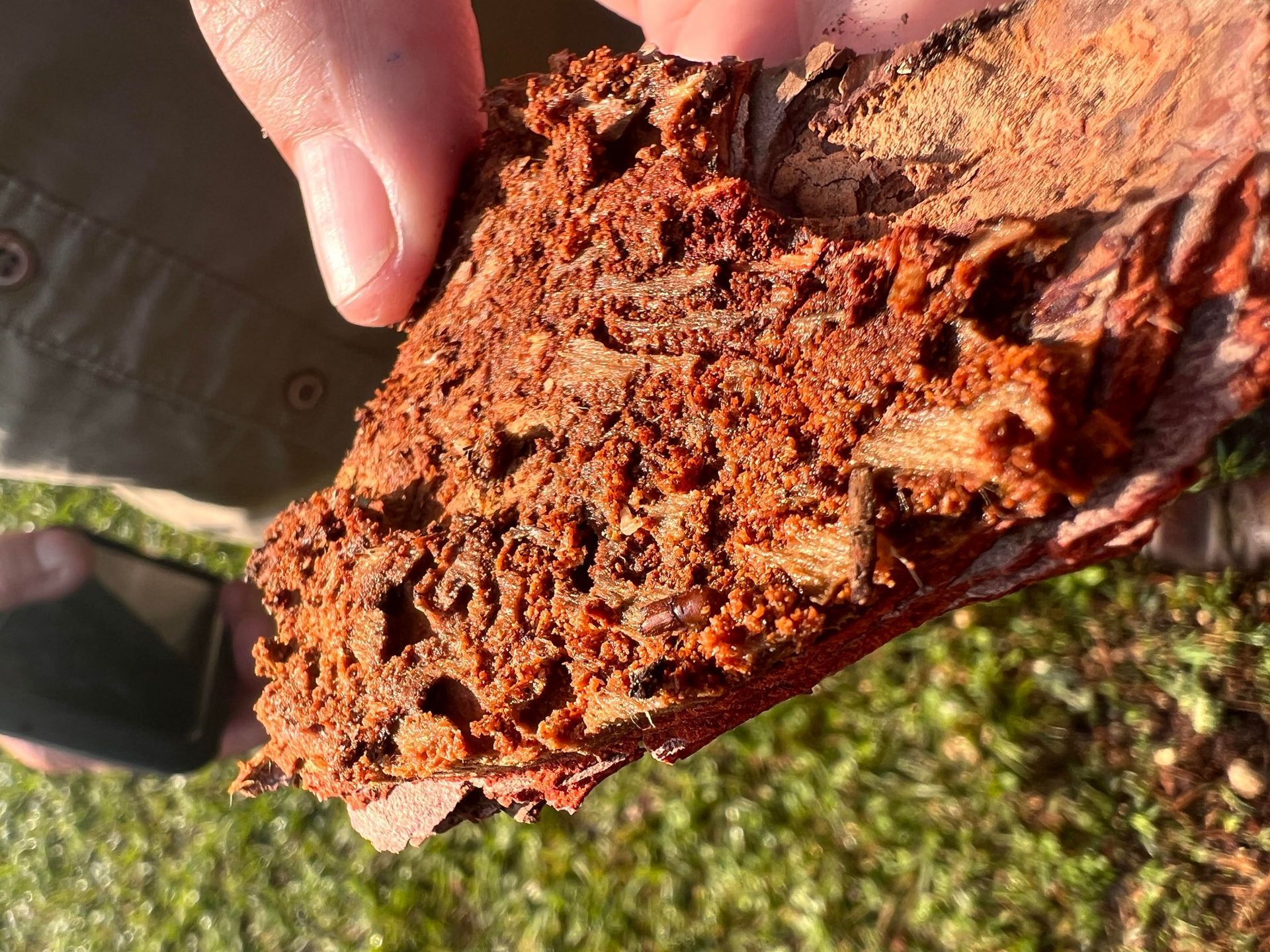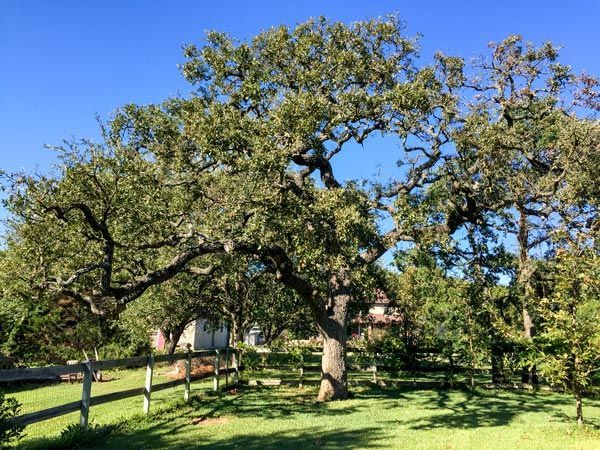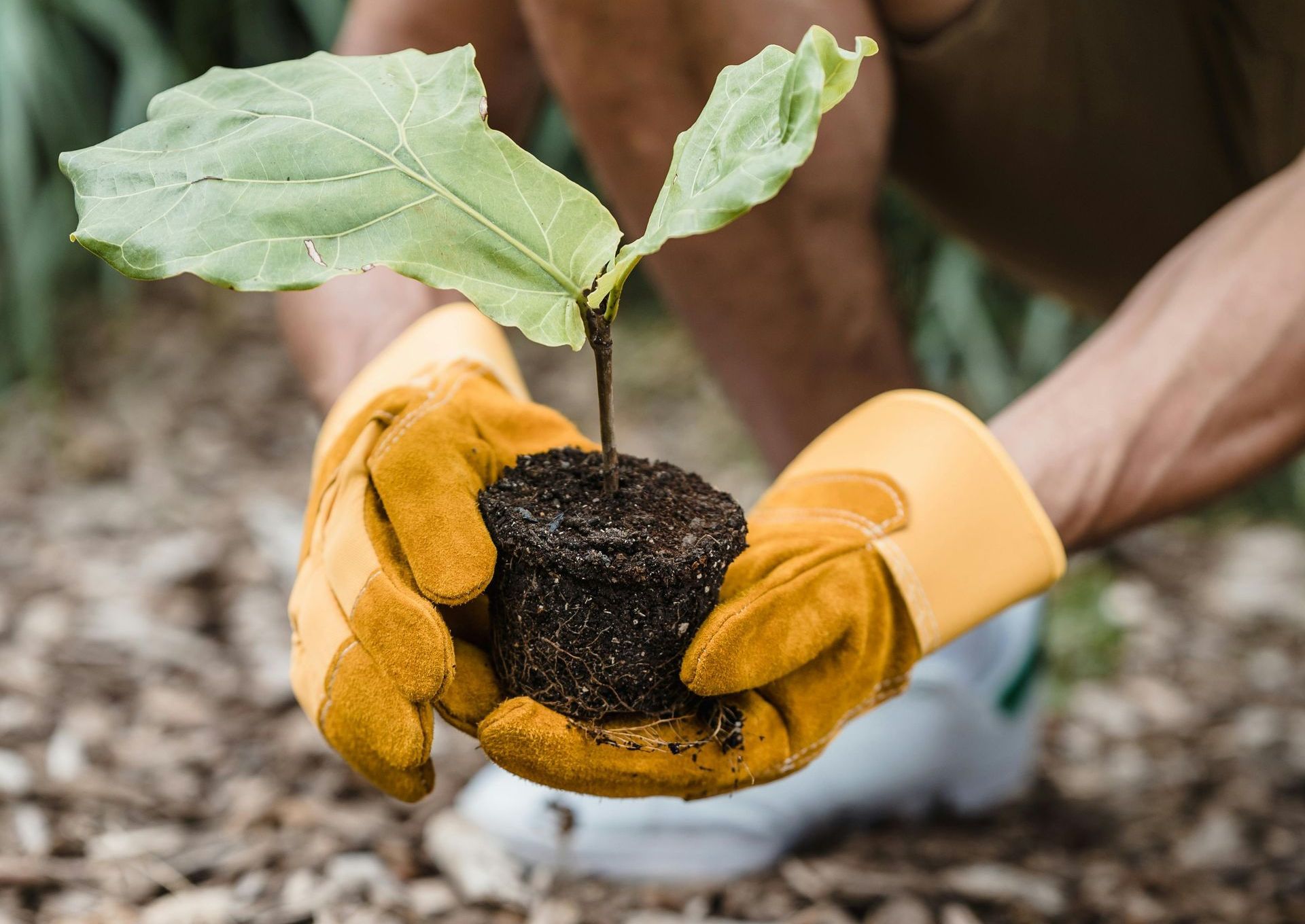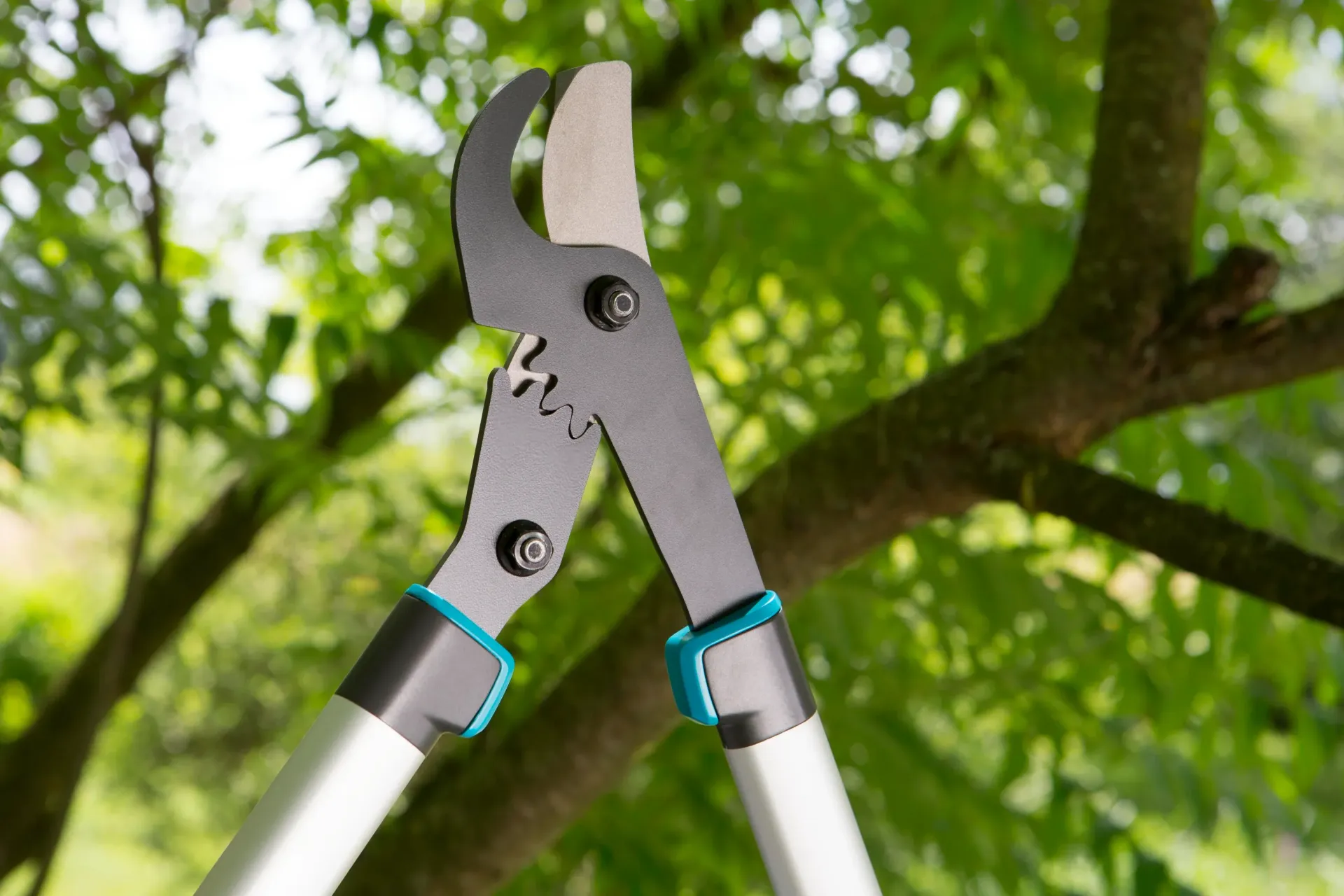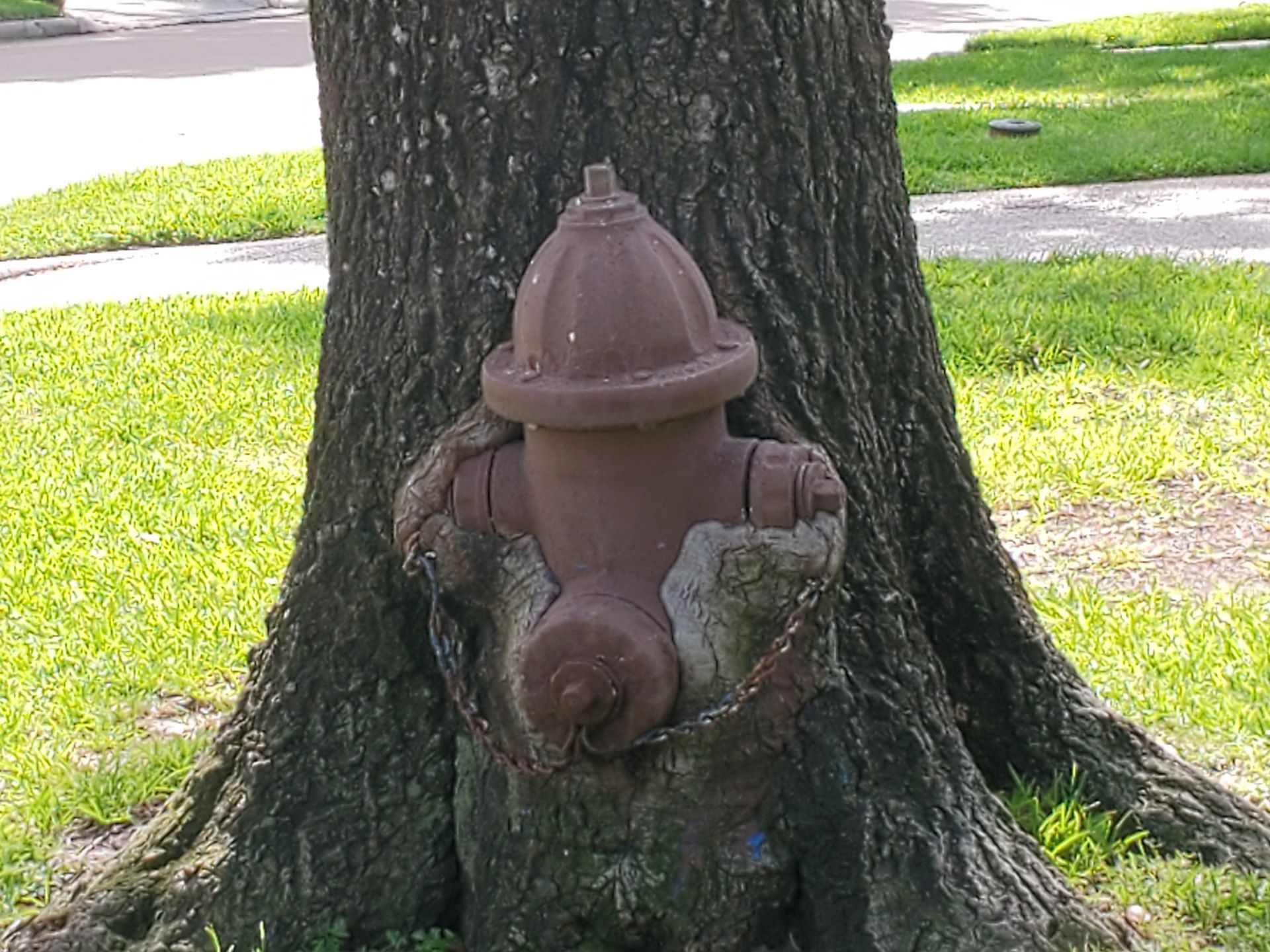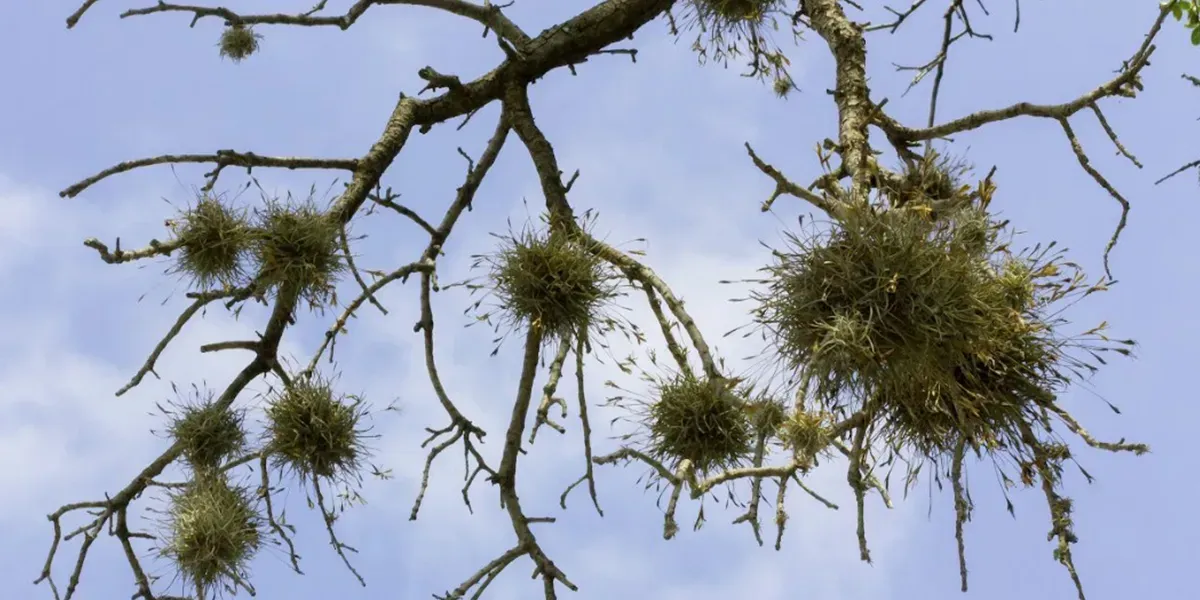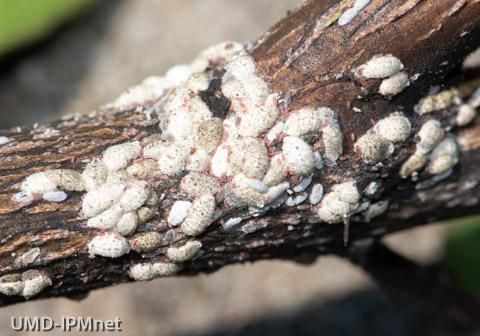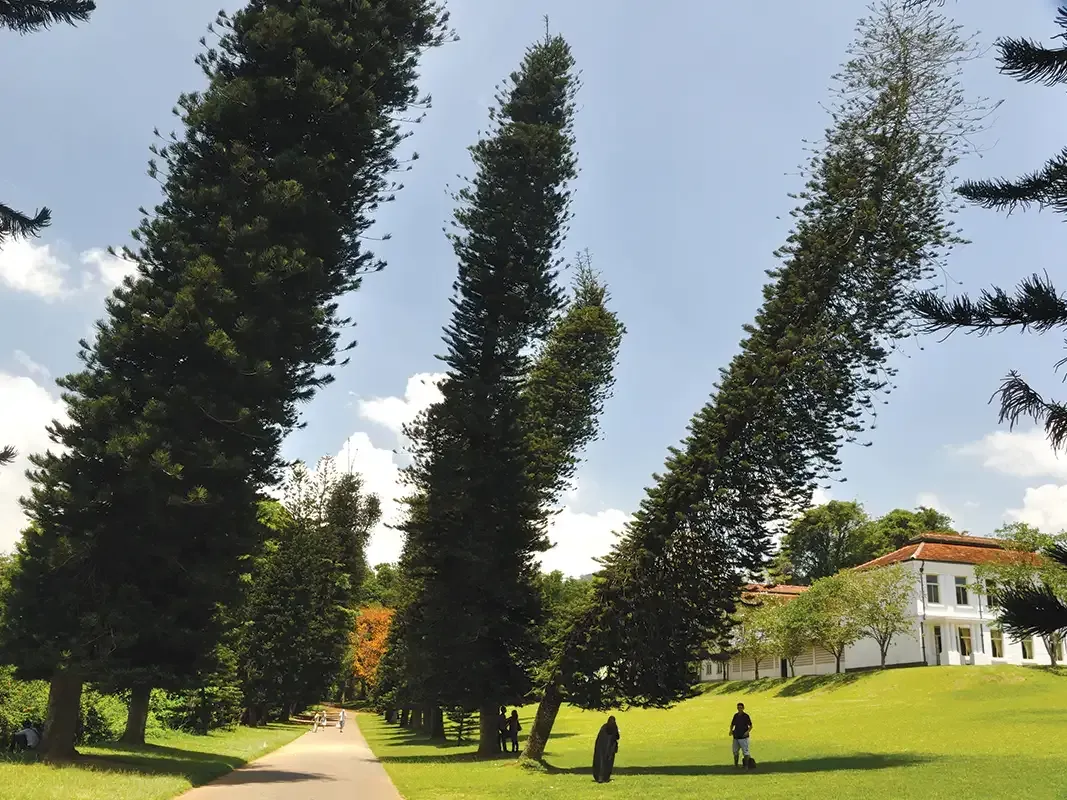Liriope’s Muse: Tree Care Tips from a Master Arborist
TRUSTED TREE CARE SERVICES SINCE 1970
Liriopes Muse: Are trees immortal?
Their remarkable ability to infinitely propagate and reproduce aside, the jury of Scientists are still out on this question of immortality. According to Franco Brondi, an ecoclimotoligist and tree ring scientist for the University of Nevada, Reno “trees can indeed live indefinitely, but this does not happen, because eventually an external agent, biotic or abiotic [a living thing or a nonliving one such as a physical condition], ends up killing them.”
Tree of Life and Immortality by Judith Shaw
All trees die from some form of environmental, external, or physical factor such as, extreme weather events, pests and animals, diseases and pathogens, and various human activities like logging, land clearing, bad pruning techniques, and pollution. NOT from old age. In fact, researchers have found little to no definitive genetic evidence of aging in even the oldest of a trees meristem (or the cell generating tissue) which further proves the point that trees cannot die of old age.
The following are some of the longest living trees recorded and the reason for their deaths:
Pinus longaeva
Promethius is not pictured as it is just a mere stump. These are Great Bristlecone Pines located in Wheeler Park, Nevada.
Picture Credits: Stephen Ingram
Prometheus, the oldest recorded living tree to date, was a great bristlecone pine located in Wheeler Peak, Nevada. This tree was believed to be at least 4,900 years old before it was heinously cut down in 1964 by geographer and dendrochronologist, Donald R. Currey.
Currey was conducting a study on ice age glaciology in the moraines of Wheeler Peak. With the permission of the United States Forest Service, he was taking core samples from numerous Bristle cone pines when he came upon Prometheus. During the core extraction his borer tool became stuck and broke off in the tree and curry believed the best solution was to cut this historical tree down. So with the permission of the United States Forrest Service that is what he did.
It wasn’t until Scientist Donald R. Currey cut down the tree that he realized the gravity of what he had done. Upon counting the rings of the pine he realized it was the oldest living tree (and thing) known to man, the cross section contained a whooping 4,862 rings. However due to the harsh conditions of Wheeler Peak, Nevada, it is likely that a growth ring was not formed every year leading scientists to hypothesize Promethius to be at least 4,900 years old. The oldest tree ever recorded to date.
To learn more about the story of the great Promethius, check out these articles:
Sequoiadendron giganteum
Pictures above are the gian sequoia trees located in the Giant Forest of Sequoia National Park, California.
The giant sequoia tree, or more commonly known as the redwood tree, is the 3rd longest-living tree species in the world with the mean age being 1,600 and the oldest living one to date being just over 3,200 years old. The President, located in the Giant Forest of Sequoia National Park, California is believed to be at least 3,266 years old.
Weakened by the strain of their own towering heights, drought, and exposure to wildfires, these towering redwoods are especially susceptible to bark borer infestations. The native bark beetle belonging to the genus, phloeosinus, is their biggest threat and has been responsible for killing over 6,000 sequoias since 2012 alone and there are only 80,000 giant sequoias believed to be remaining in their native regions in California.
Lazarus, “a sequoia tree that has lived through over 2,000 years of fires, droughts, wet years, dry years, hot years, cold years” was one unfortunate tree to have perished due to the rapidly spreading bark borer pandemic. This tree has been around longer than America, longer than Europeans have been in this country. It has seen things we could never fathom only for it to perish at the hands of a small beetle. It is for reasons such as this that we may never see how old a sequoia may truly become.
Read these articles to learn more about the devastating impacts that these borers have on the historic redwoods of California:
Note how these trees did not die naturally or from “old age” there is always some form of external factor at play.
So, are trees really immortal? We don’t yet have the answer to this age old question and the chances are we won’t be around long enough to find out, but there has not been any definitive evidence pointing towards no.
Personally, I like to believe that trees are immortal, not in the sense that they cannot die but that they could live forever in a perfect world free of humans, pests, and all environmental factors. But unfortunately, in this lifetime we will never truly know.
Liriope’s Muse - Expert Tree Care Tips
